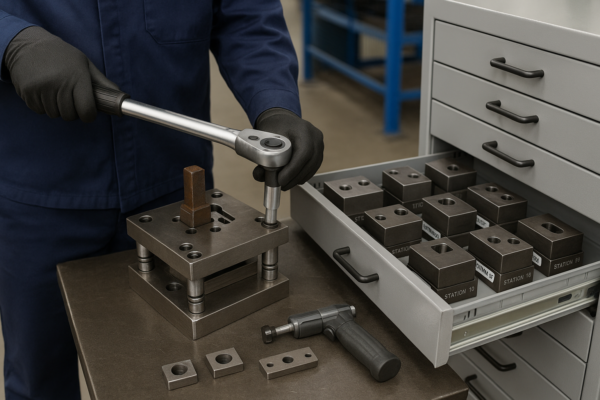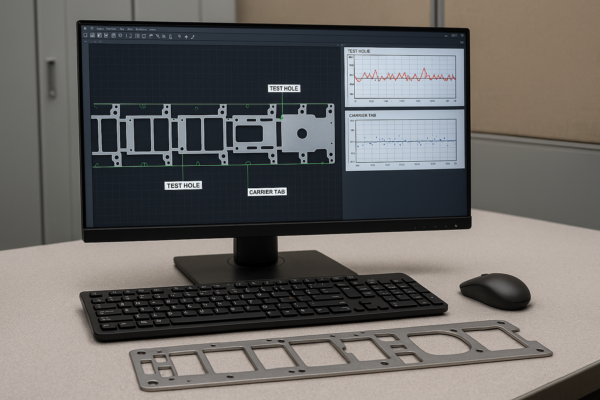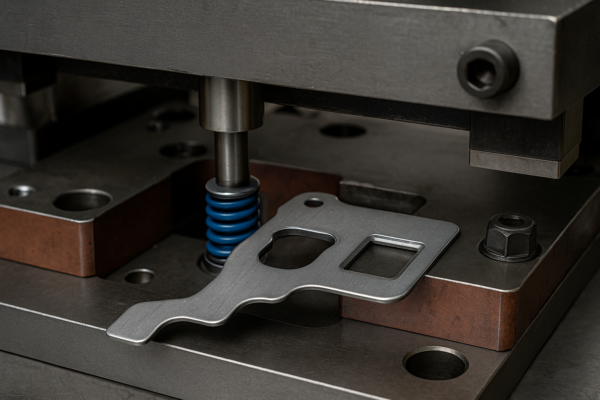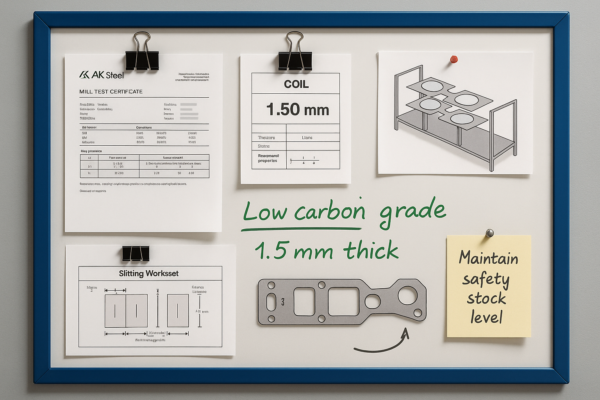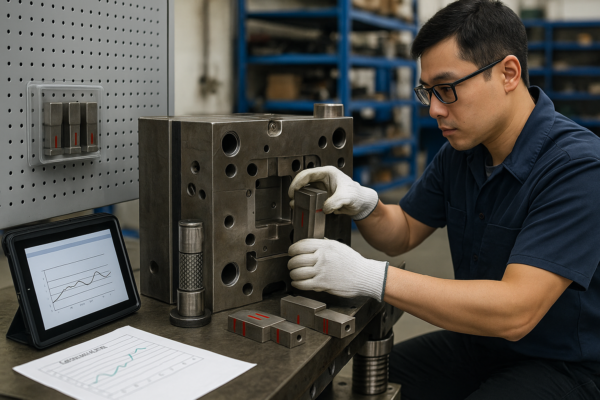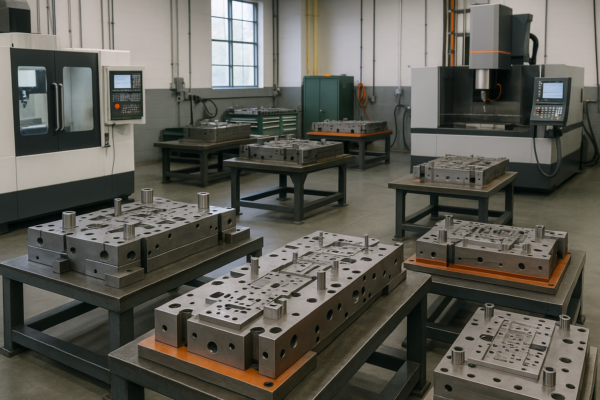How do you install a flange nut?
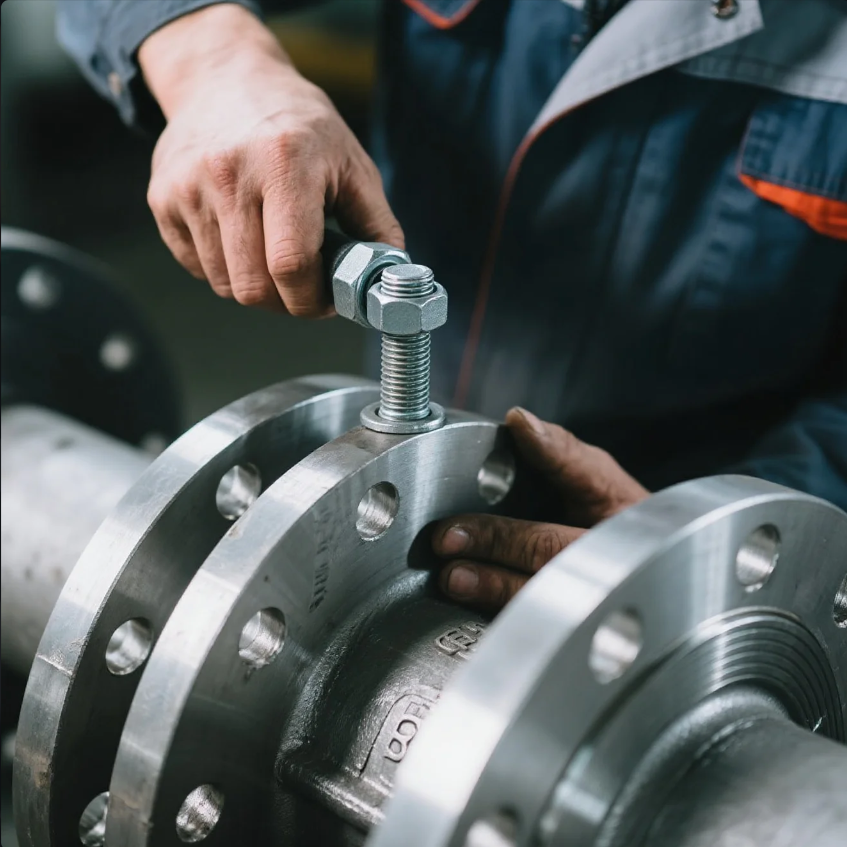
Flange nuts are often installed incorrectly, causing slippage, damage, or joint failure.
To install a flange nut correctly, ensure the flange side faces the material, and use proper torque.
At Prime, we help clients avoid misinstallation by providing expert support and precise fasteners for every industrial use case.
How to install a flange nut?
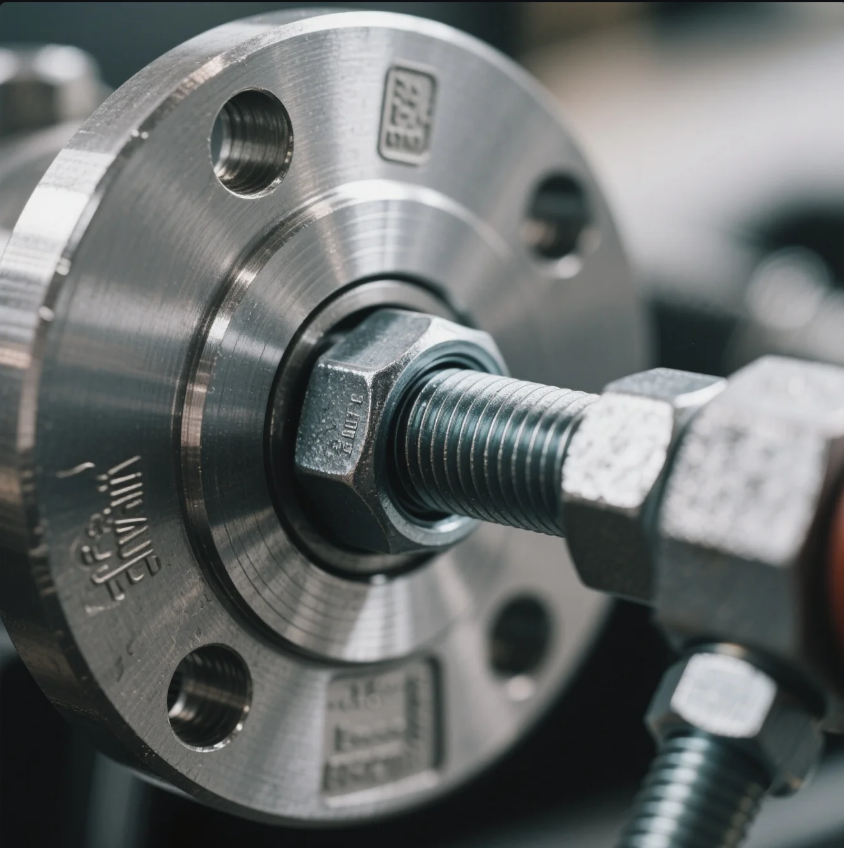
Incorrect flange nut installation causes uneven load and joint movement over time.
Place the flange side against the work surface. Tighten with the correct torque in a single, smooth motion.
I often receive inquiries from clients who assume flange nuts are plug-and-play. But even ISO certified fasteners fail if installed poorly. At Prime, we guide every buyer with specific usage tips.
Step-by-step flange nut installation
Here’s how we recommend installing flange nuts:
- Insert the bolt through the mating parts
- Place the flange nut with the flared side facing the material
- Hand-tighten to align the thread
- Use a torque wrench to apply the specified torque
- Use cross-pattern tightening for multiple bolts
This process ensures tight seating and consistent pressure across the joint.
Which way do flange nuts go?
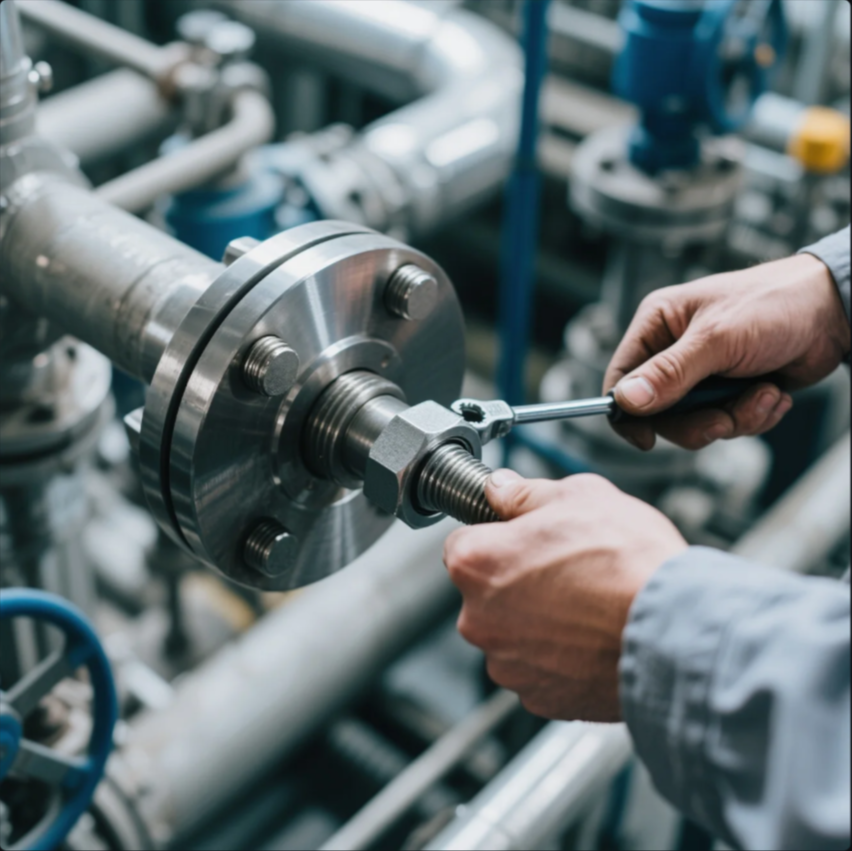
Many users install flange nuts backward, which can lead to stress cracks or vibration loosening.
Always install flange nuts with the wide flange facing the part being clamped.
A U.S. automotive client once had failures during vibration testing. After switching to Prime’s precision CNC parts and using our installation guide, their assemblies passed every round of QA.
Why flange direction matters
The flange side increases surface contact. This distributes clamping force over a larger area and prevents damage to softer materials.
| Nut Orientation | Result |
|---|---|
| Flange side against part | Correct – spreads load, prevents movement |
| Flange side outward | Incorrect – leads to joint instability |
Flange orientation may seem minor, but it’s critical for structural safety and system performance.
Does a flange nut need a washer?
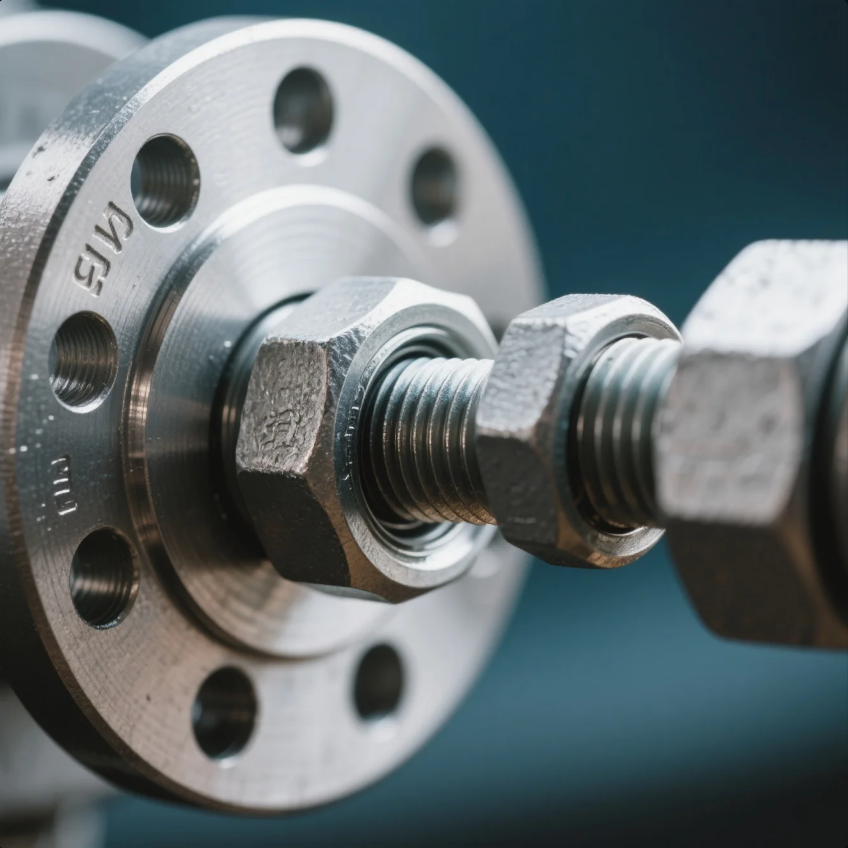
Some users stack washers under flange nuts without knowing the consequences.
No, flange nuts are designed to eliminate the need for a washer. Adding one can reduce grip.
We supply custom stamping parts and flange nuts engineered to seat directly against parts. A European OEM client once added washers thinking it helped. Their assembly later failed due to loosening from decreased surface grip.
Washer vs flange base performance
The integrated flange on a flange nut serves the same purpose as a washer:
| Component | Purpose | When Needed |
|---|---|---|
| Washer | Spread load | Needed for standard hex nuts |
| Flange nut | Spread load + resist vibration | No washer needed |
Washers may be used with flange nuts only in rare cases involving soft materials or oversized holes. Always consult with your fastener supplier.
What is the difference between a nut and a flange nut?
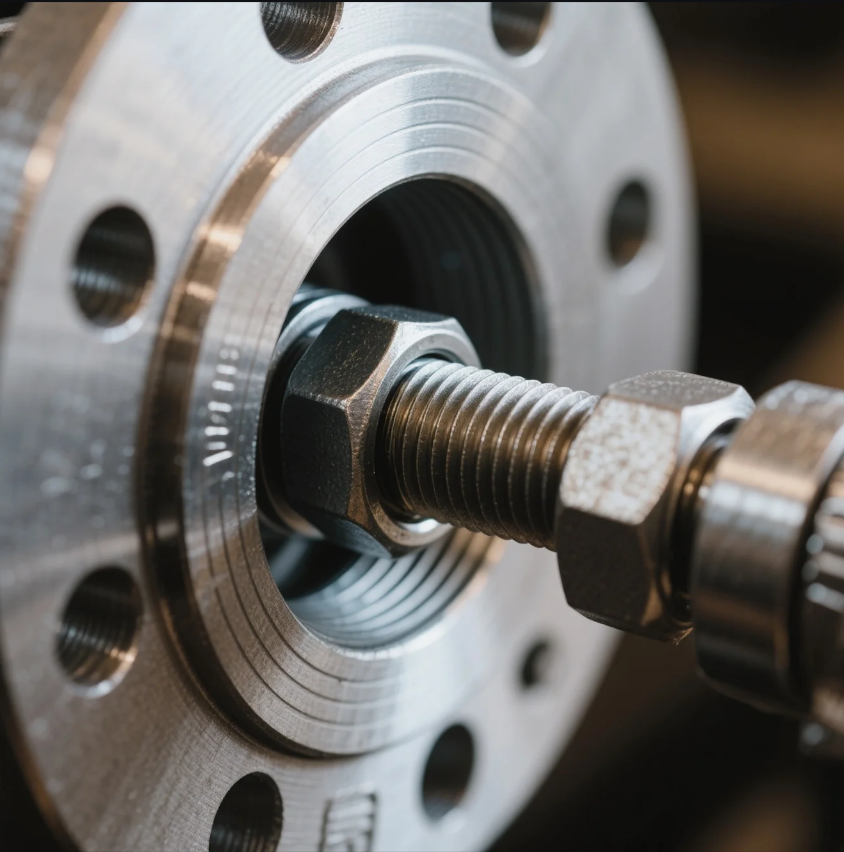
Many clients new to sourcing hardware don’t know how flange nuts differ from regular hex nuts.
Flange nuts have a built-in washer base. They reduce part count, spread load, and resist loosening.
I often guide new customers who don’t yet know whether to choose standard nuts or flange nuts for their assemblies. Prime helps them make cost-effective, technically sound choices.
Nut types comparison
| Feature | Standard Nut | Flange Nut |
|---|---|---|
| Washer required | Yes | No |
| Anti-vibration | No | Yes (if serrated) |
| Installation time | Longer | Faster |
| Load distribution | Lower | Higher |
Flange nuts save time, reduce assembly errors, and increase joint durability — especially in dynamic or high-load systems.
Conclusion
Flange nuts must be installed with the flange side against the part and torqued precisely.
Sourcing custom flange nuts, CNC fasteners, or ISO certified stamped parts? Prime has over 20 years of experience and 10 production lines ready to serve your project. Contact us today through our website for a free quote, packaging advice, and technical support. Fast delivery and reliable quality — that’s the Prime advantage.

